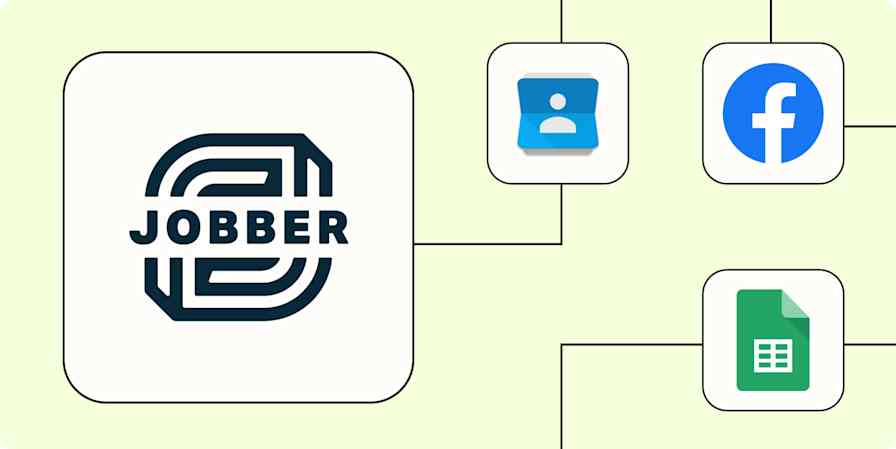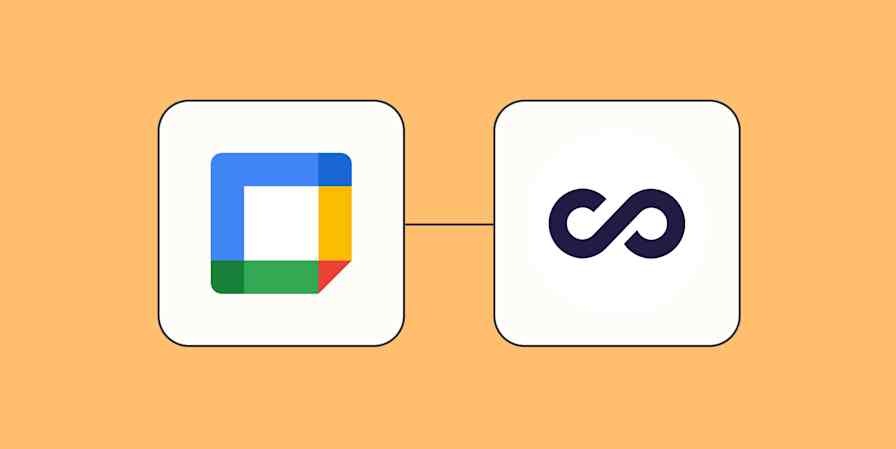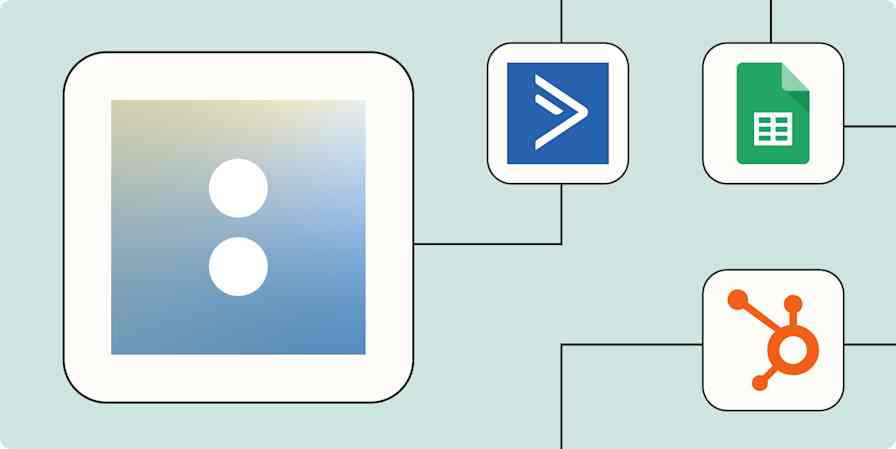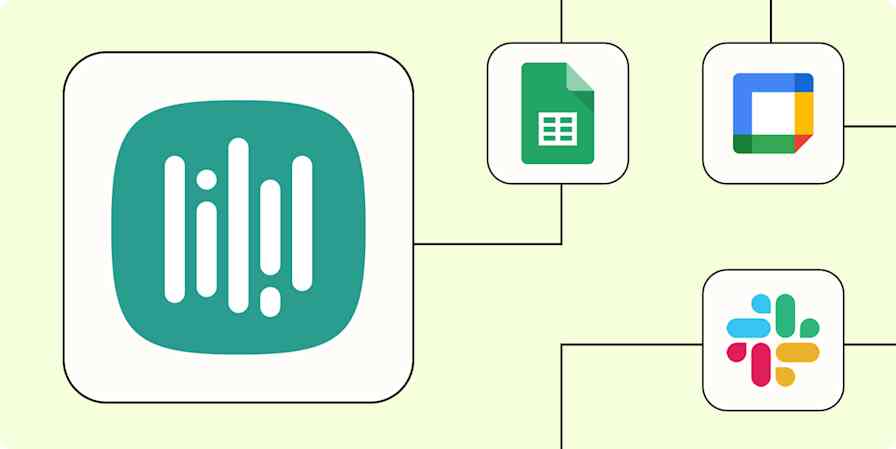App tips
3 min readHow to use Scheduling Assistant in Outlook
Use this built-in tool to plan and schedule meetings in Outlook.
By Jessica Lau · May 30, 2023
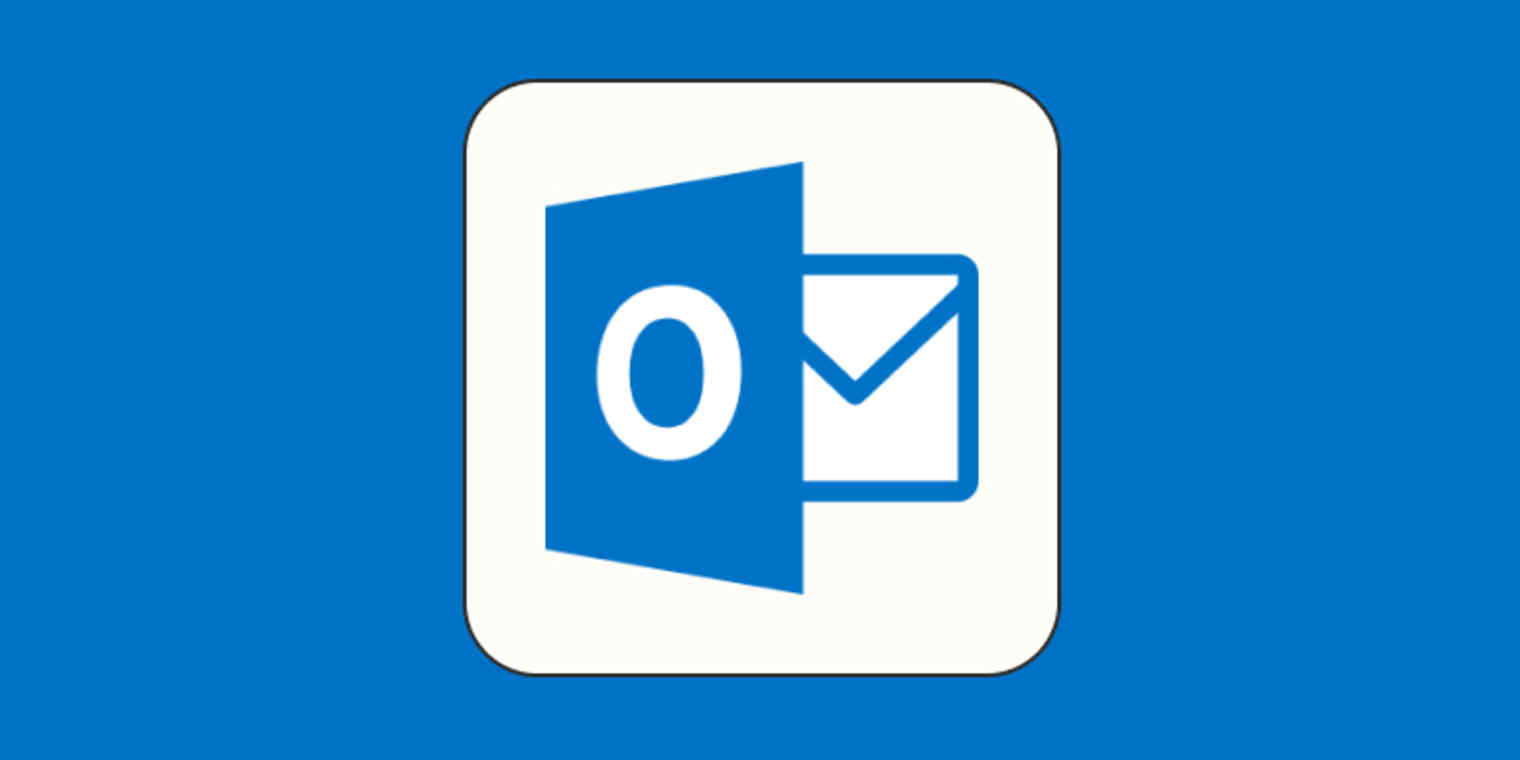
Get productivity tips delivered straight to your inbox
We’ll email you 1-3 times per week—and never share your information.
Related articles
Improve your productivity automatically. Use Zapier to get your apps working together.


